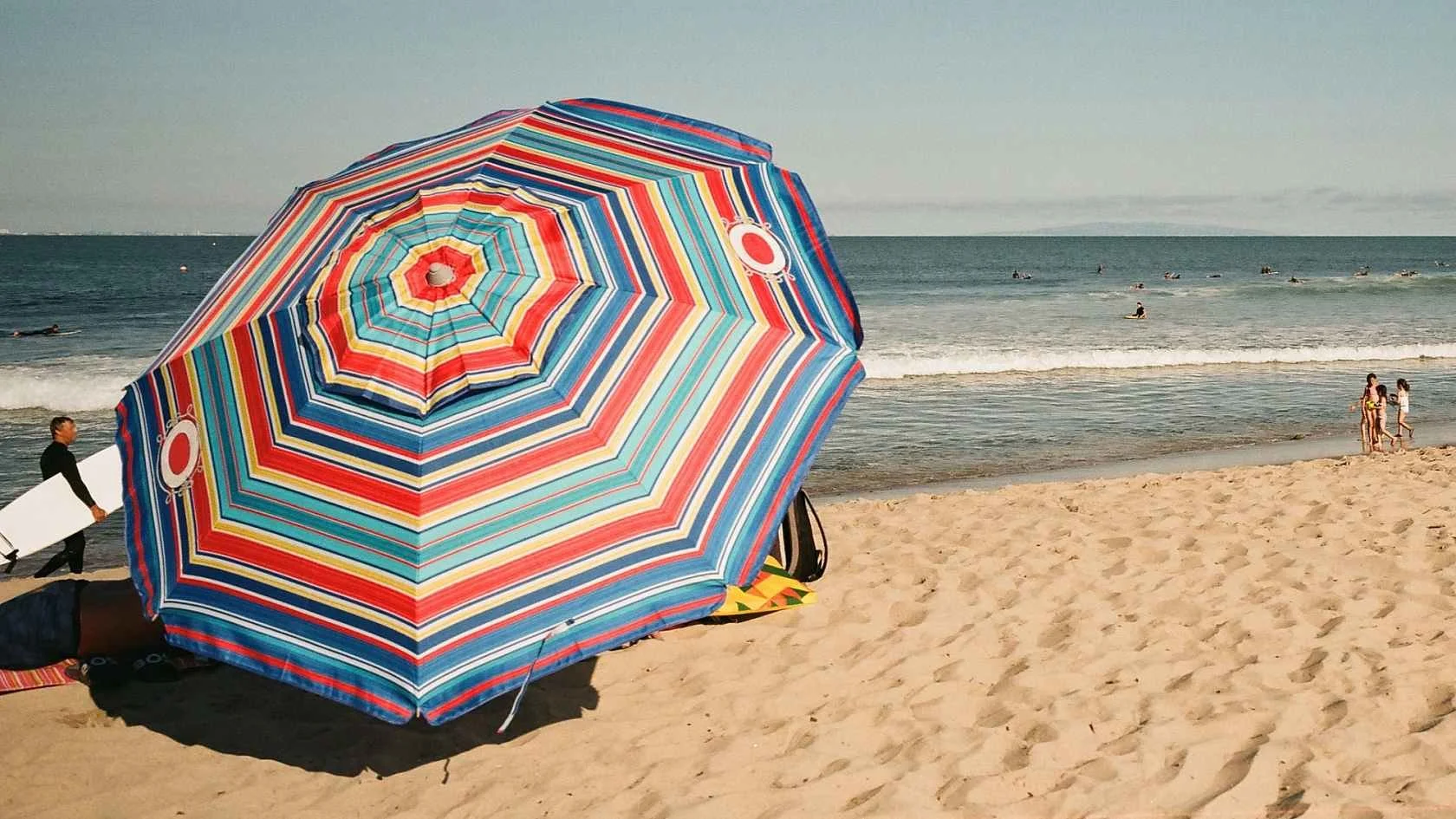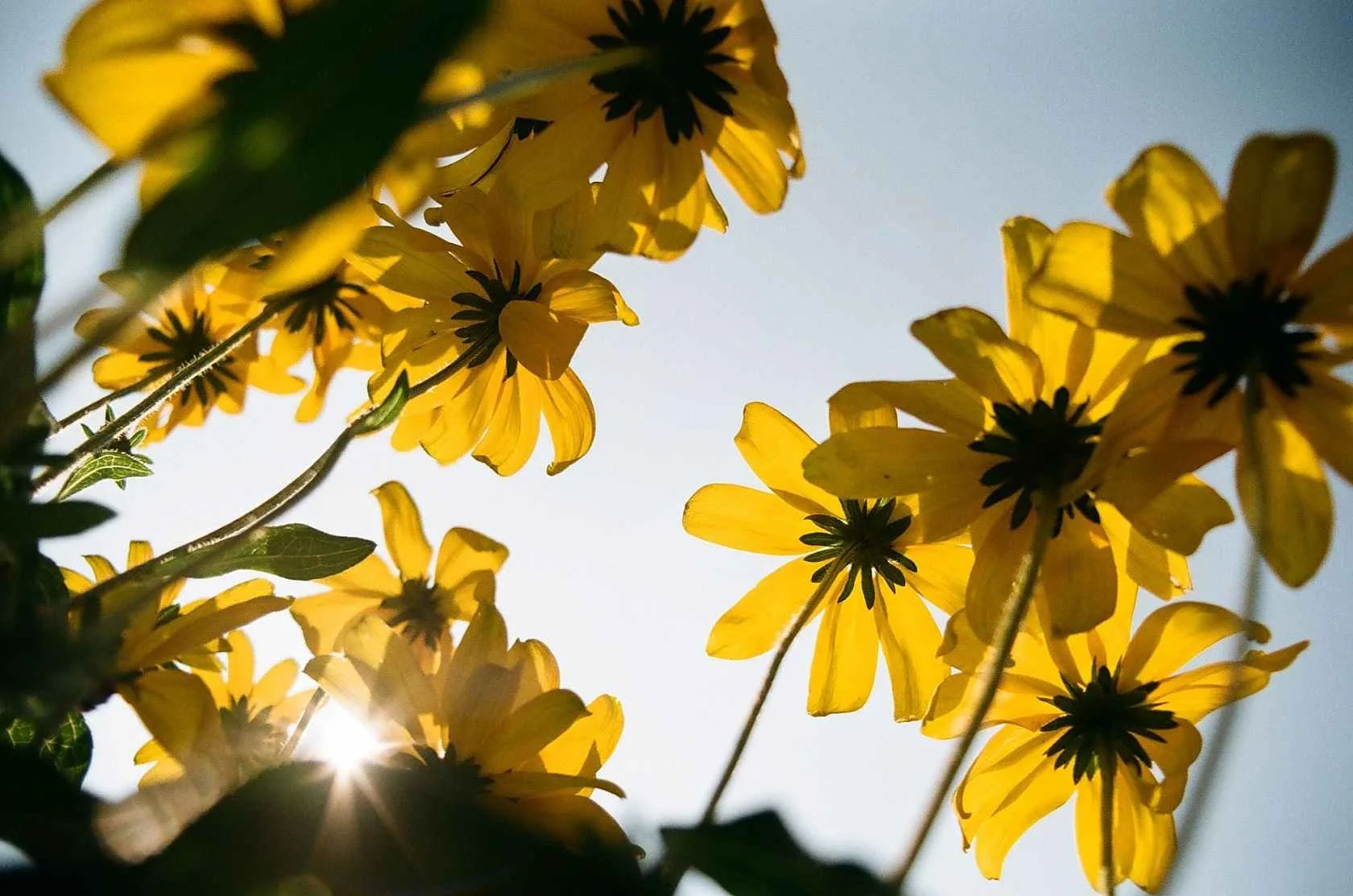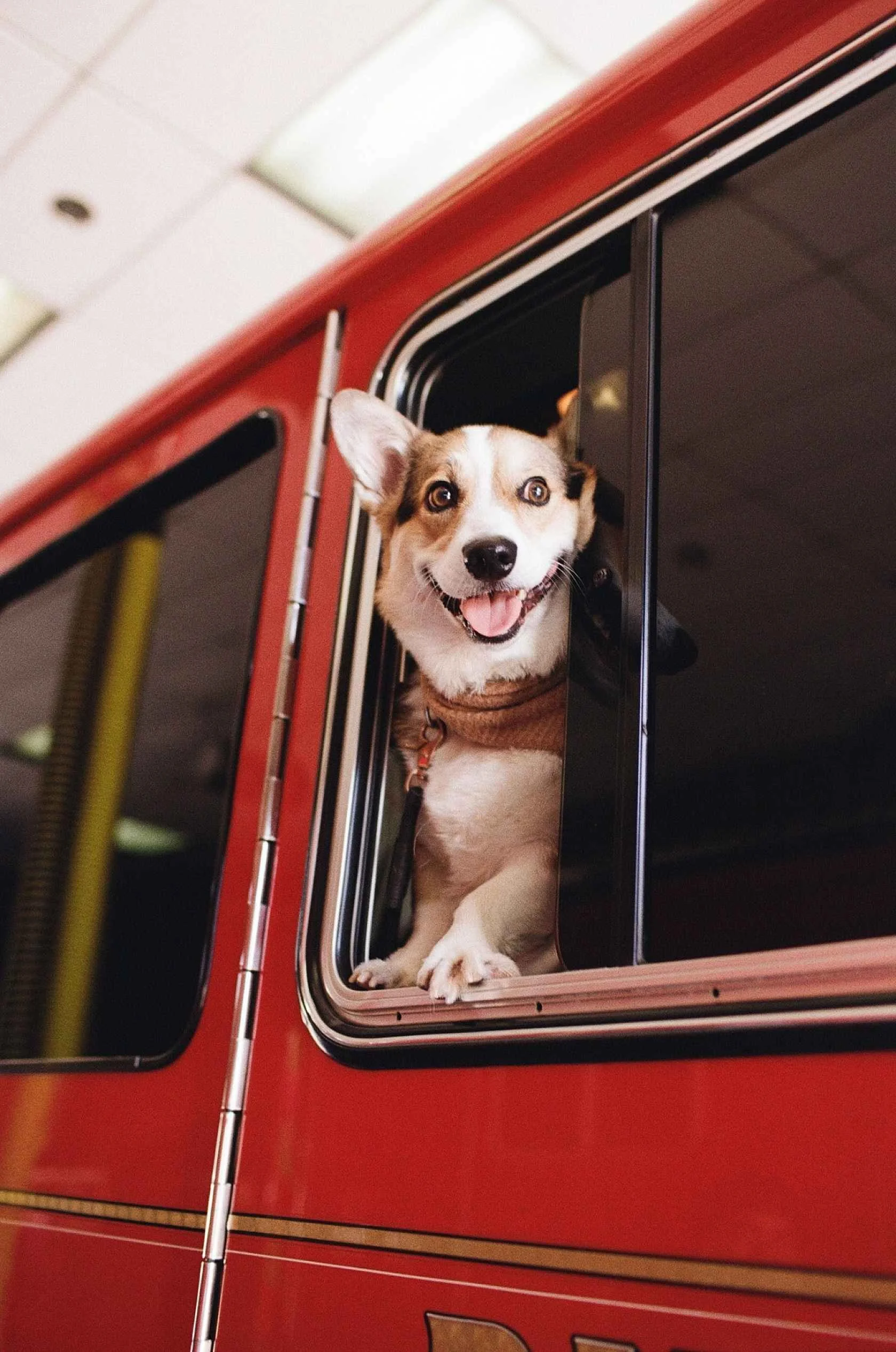Kodacolor is back: Eastman Kodak launches Kodacolor 100 & 200—and sells them itself
Film photographers just got a curveball we didn’t see coming. Eastman Kodak (the Rochester-based manufacturer) has launched KODACOLOR 100 and KODACOLOR 200—two daylight-balanced, color-negative 35mm films—and, for the first time in more than a decade, Kodak is distributing these rolls ITSELF rather than through Kodak Alaris. That single sentence is the headline and the plot twist.
What’s actually new here?
Three things.
1) New boxes on shelves: Kodacolor 100 and 200 are now listed on Kodak’s own site under “Still Film,” with product copy that emphasizes fine grain, saturated but natural color, high sharpness, and wide latitude. In other words: everyday, shoot-it-anywhere stocks.
2) Kodak is the seller, not Alaris: For years, the arrangement was simple if confusing: Eastman Kodak made the still films; Kodak Alaris marketed and sold them (Portra, Ektar, Gold, UltraMax, Ektachrome, etc.). Kodacolor changes that—Eastman Kodak is selling these rolls directly to distributors, a first in 10+ years. That’s not rumor; Kodak said so in its announcement.
3) Why do this now? Kodak says the direct-to-distributor move is meant to increase supply and “help create greater stability” in a market where prices have been swinging. This follows a 2024 production shutdown to upgrade the Rochester factory so it could meet surging demand for film. The timing makes sense.
The films at a glance
Formats & speed: 35mm (135), ISO 100 and ISO 200, both daylight-balanced C-41 color negative films.
Grain / look: Kodak markets both as fine grain, high sharpness, natural color, and wide exposure latitude—ideal for general picture-taking. Think travel, portraits, family, street in good light.
Exposures: 36-exposure rolls are already live at major retailers (B&H, among others).
Price (early days): We’re seeing listings around $8.99–$9.50 per roll—not official MSRPs, but a helpful ballpark as retailers open orders.
Where first: Kodak says the initial availability is U.S. and Canada, online and in-store at photo retailers.
Are these truly “new” emulsions?
Kodak’s language is careful: the company calls Kodacolor 100 and 200 “sub-brands of existing Kodak films.” That hints at familiar emulsions presented in new packaging/positioning, not chemistry never seen before. The company hasn’t said which stocks they map to, and that’s deliberate.
The photo press and retailer listings add a bit of color, with responsible caveats:
Some reporting suggests Kodacolor 200 looks like a rebrand of ColorPlus 200—a long-time budget favorite—though Kodak has not confirmed this.
Others note Kodacolor 100 might behave similarly to Pro Image 100 (again, not confirmed by Kodak). The early retailer copy describes a more natural, less punchy palette than Ektar 100, which lines up with that vibe.
Bottom line: expect friendly color, good skin tones, and latitude rather than the ultra-snap of Ektar or the premium skin-tone neutrality (and premium price) of Portra. We’ll know more as sample galleries and lab tests roll in, but the early take is “everyday usable” over “special-occasion specialized.”
Why this matters beyond the box
Supply and pricing stability: Kodak’s statement ties the direct-distribution move to supply and price stability. That’s significant in a year when film prices and availability have kept shooters guessing. If Kodak can take some friction out of the channel, shelves could stay fuller and prices less volatile.
Manufacturing capacity: The 2024 factory upgrades were framed as necessary to meet demand across still and motion stocks. A refreshed line plus a simpler distribution path is Kodak’s way of saying, “We’re investing in film.” That’s encouraging for anyone who loves the medium—and it counters the doom-scroll headlines.
The Alaris question: Since Kodak’s 2012 bankruptcy, Kodak Alaris (a separate UK-based company, recently sold to private equity) has controlled marketing and distribution of Kodak-branded still films, while Eastman Kodak manufactured them. Kodacolor doesn’t end that relationship, but it does show Eastman Kodak asserting direct control on at least part of the still-film lineup—an interesting precedent for the future.
How Kodacolor fits in Kodak’s lineup
Think of the family like this:
Ektar 100: ultra-sharp, saturated, punchy—loves lenses and light; can be ruthless on skin tones.
Portra (160/400/800): the portrait king—neutral, forgiving, pricey.
Gold 200 / UltraMax 400: consumer-friendly color with a warm tilt and familiar “Kodak” vibe.
ColorPlus 200: budget-minded, simple, classic look.
Kodacolor 100/200 aims squarely at the everyday sweet spot: clean grain, true-to-life color, and enough latitude to survive mixed light and the occasional metering miss—without the premium price of Portra or the saturated swing of Ektar. Early retailer descriptions even pitch Kodacolor as a better choice than Gold 200 when you want more naturalcolors, and less saturated than Ektar.
Early buying and shooting tips
Start where you shop now. Major U.S. retailers already list Kodacolor; if you see “in stock,” grab a couple of rolls to test. Price is competitive (sub-$10 as of this writing for 36 exposures), which is refreshing.
Pick 100 vs. 200 by light.
Kodacolor 100: crispest grain and highest sharpness; thrives in bright daylight, travel, landscapes, and flash portraits.
Kodacolor 200: a bit more flexibility for late afternoon, overcast, and indoor-with-window-light. Still not a night film, but a friendlier daily carry.
Expose generously. Kodak’s C-41 negs generally like a touch of overexposure. If you’re on the fence, rate at EI 80 (for 100) or EI 160 (for 200) and meter for the shadows. The “wide exposure latitude” messaging suggests they’ll take it well
Process is standard C-41. Any minilab or pro lab running color negative can handle it; scan at high resolution to enjoy the fine grain you’re paying for.
What it could mean next
Kodacolor 100/200 aren’t boutique experiments; they’re access films—priced and positioned to get more people shooting. If Eastman Kodak’s direct-to-distributor model works—keeping shelves stocked and prices calmer—expect ripple effects across the category. This could ease the bottlenecks that have frustrated newcomers and veterans alike, and it might give
A quick reality check on the branding
The Kodacolor name isn’t new; it’s a venerable Kodak brand dating back decades. Today’s Kodacolor 100/200 are modern color-negative stocks carrying that legacy banner. The company’s own phrasing—“sub-brands of existing Kodak films”—is a gentle reminder to judge them by results, not nostalgia or speculation. Shoot them, look at scans/prints, and decide where they land in your kit.
Our take
This is the kind of “quietly big” news film shooters should celebrate. The stocks look useful and affordable. The strategy—Eastman Kodak stepping in to sell still film directly—could help with the two pain points we’ve all felt: availability and price stability. And the timing follows a substantial factory upgrade meant to keep the emulsion train rolling. If you’ve been rationing Portra or wrestling with backorders, add Kodacolor 100 or 200 to your test queue this month and see if one of them becomes your everyday staple.
Sources & further reading: Kodak’s product pages for KODACOLOR 100 and KODACOLOR 200; coverage and context from Digital Camera World, Kosmo Foto, PetaPixel, 404 Media; retailer specs from B&H Photo Video; background on Kodak’s factory upgrade from The Verge.



